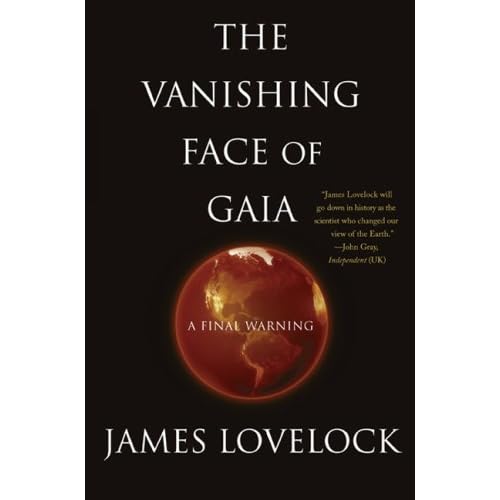It's been over a year since we invoked the name of former Comptroller General of the U.S. David Walker. I.O.U.S.A. boldly examines the rapidly growing national debt and its consequences for the United States and its citizens. Burdened with an ever-expanding government and military, increased international competition, overextended entitlement programs, and debts to foreign countries that are becoming impossible to honor, America must mend its spendthrift ways or face an economic disaster of epic proportions.
Throughout history, the American government has found it nearly impossible to spend only what has been raised through taxes. Wielding candid interviews with both average American taxpayers and government officials, Sundance veteran Patrick Creadon (Wordplay) helps demystify the nation's financial practices and policies. The film follows former U.S. Comptroller General David Walker as he crisscrosses the country explaining America's unsustainable fiscal policies to its citizens.

















